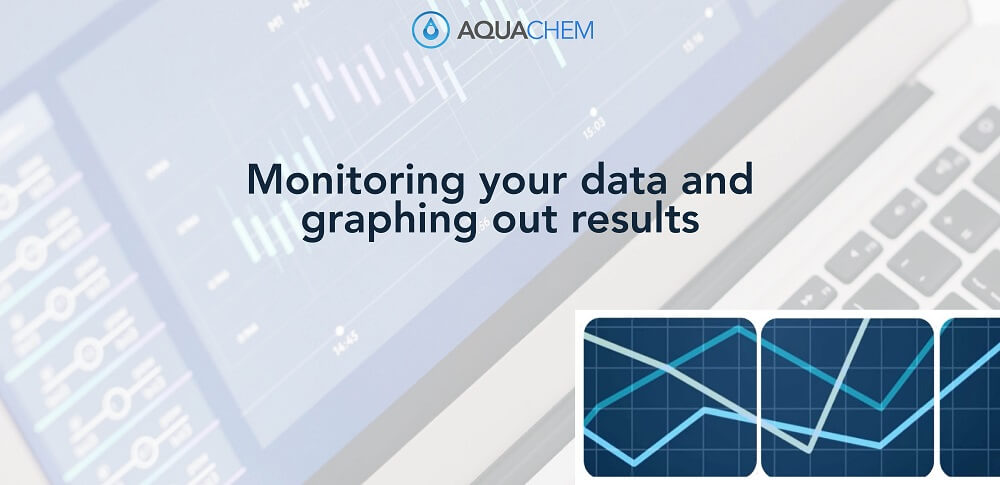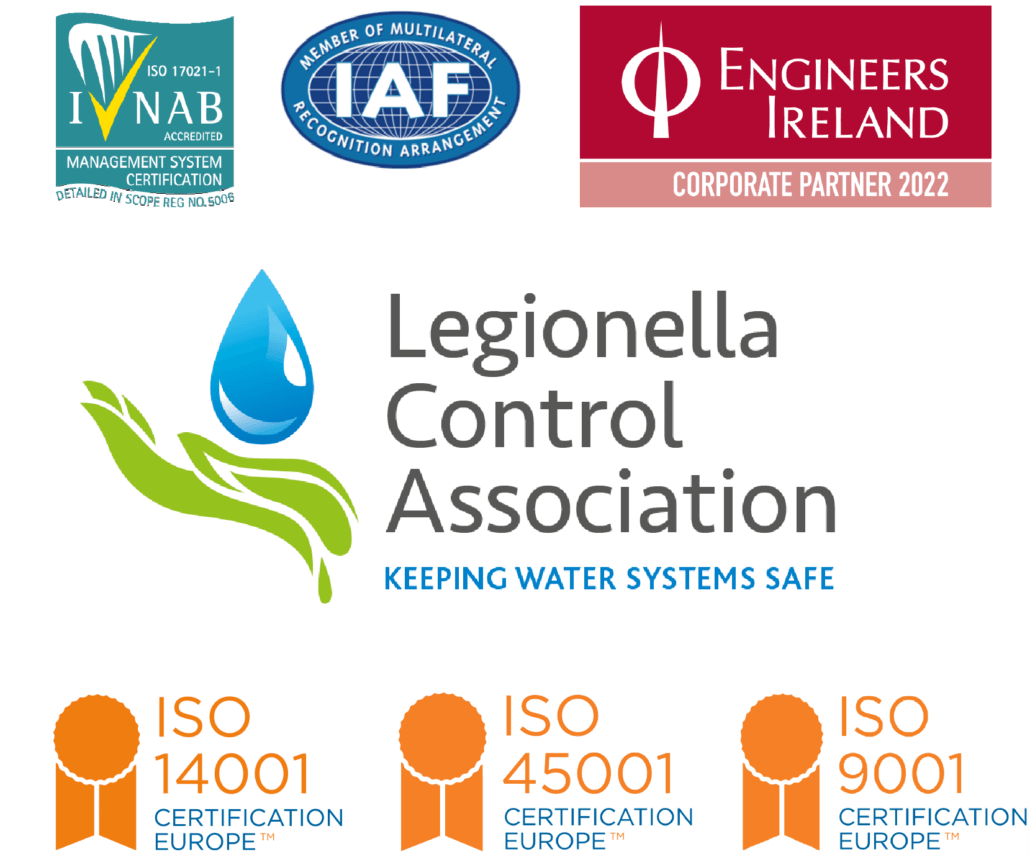Managing your company’s water data is a vital step towards reducing water use. Not only is water conservation a major sustainability trend, but consumers appreciate companies that make an effort to practice sustainability.
Being informed about where, when, and how your company is using water allows you to identify areas where improvements can be made, and any inefficiencies can be addressed, this is why you should be monitoring your usage and keeping record of the data recovered.
Even when you have all the required data, displaying the data in tables filled with numbers and values can be hard for people to follow and understand, to see any trends or discrepancies graphs and charts, are typically the best way to present the data.
The purpose of a graph is to present data that are too numerous or complicated to be described adequately in the text and in less space, they are a common method to visually illustrate relationships in the data.
![]()
For example, the graph above has shows that the steam boiler in question was only working efficiently 33% of the time in 2 years. While the client had all this data for the last 2 years, they could not see the overall picture – here you can clearly see there us an issue with the dissolved salts in the water.
With increasing international concern for water scarcity and corresponding rises in costs, a responsible approach to water management is the smart choice.
In this day and age there is a lot more advanced, smart technology on the market which reduces the amount of labour it requires to monitor the data, and does so all online meaning real time, error free reporting.
Here at Aquachem, we use world class e-systems and can transform your data into illustrative graphs in minutes, allowing you too see where improvements can be made in your system.
Contact us to find out more.







